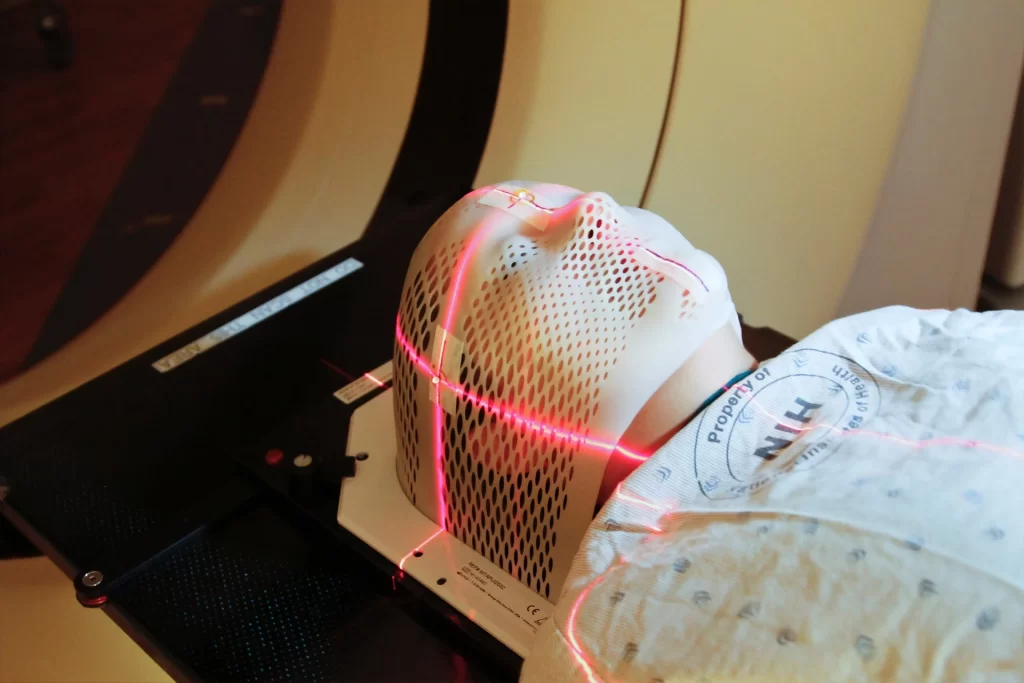Head and neck cancers are a broad category of cancers that occur in the head and neck region, including the throat, mouth, nose, sinuses and salivary glands. The majority of head and neck cancers are squamous cell carcinomas, which arise from the thin, flat cells lining the mouth, nose, and throat. Head and neck cancer can also affect the salivary glands, larynx (voice box), thyroid gland, and other parts of the head and neck.
If you have been diagnosed with head and neck cancer, talk to your doctor about your treatment options and ask any questions you may have. It is essential that you understand all of your options so that you can make the best decision for your individual situation. Unfortunately, there is no one-size-fits-all approach to treating head and neck cancer.
Symptoms
Symptoms of head and neck cancer can vary depending on the specific location of cancer. However, common symptoms that occur in the mouth include:
- A persistent sore throat.
- Hoarseness.
- A lump or mass in the head or neck area.
- Unusual bleeding or pain in the mouth.
- Problems with dentures.
Symptoms at the back of the mouth (pharynx) include trouble breathing or speaking, a lump inside the mouth, a feeling that something is caught in the throat, pain or ringing in the ears or trouble hearing, trouble chewing or swallowing food etc.
Symptoms that occur in the sinuses and nasal cavity include blocked sinuses that don’t clear, bleeding through the nose, headaches, pain and swelling around the eyes, pain in the upper teeth, sinus infections that do not respond to antibiotic treatment etc.

Diagnosis
Head and neck cancer is often diagnosed early on through a combination of physical exams, endoscopy, laboratory tests on blood, urine or other body samples, imaging tests, and biopsies.
In a biopsy, a small tissue sample is removed for examination under a microscope. It can be done under local anesthesia using a needle or general anesthesia in an operating room.
Imaging tests such as X-rays, CT scans, PET scans and MRIs may also be used to help diagnose head and neck cancer. In an endoscopy, your health care provider uses a thin, lighted tube called an endoscope to examine your voice box, throat, nasal cavity or other areas where you are experiencing symptoms.
Early diagnosis is critical for the successful treatment of head and neck cancer. However, if cancer has spread to other body parts, additional symptoms may develop, such as difficulty breathing or swallowing, pain in the bones or joints, and neurological problems.
How does head and neck cancer spread?
Head and Neck cancers are often caused by exposure to tobacco and alcohol and other risk factors such as ultraviolet radiation exposure and human papillomavirus infection. In addition, head and neck cancers can spread through the lymphatic system to other parts of the body, such as the liver, lungs, and brain. It can also spread along nerves (perineural spread) to other areas of the head and neck and through blood vessels to distant sites in the body. This spread can occur even before the cancer is diagnosed.
Treatment
Treatment for head and neck cancers often involves surgery, radiation therapy and chemotherapy. Treatments may be combined to give you the best chance of cure or control. Some of the factors that will be considered in your treatment plan include
- The type and location of your cancer
- The stage of your cancer (how large it is and how far it has spread)
- Your overall health
- Your preferences
Surgery is the most common treatment for head and neck cancer. Depending on the size and location of the tumor, the surgery may be as simple as removing a small tumor from the surface of the skin or as complex as a radical neck dissection, which involves removing lymph nodes, part of the jawbone, and other tissues in the neck.
Surgery aims to remove the cancerous tissue while preserving as much healthy tissue as possible. Surgery may also be used to reconstruct the head or neck affected area. It may also be used to biopsy a tumor to determine if it is cancerous. Surgery is usually followed by radiation therapy or chemotherapy.
Radiation therapy uses high-energy beams to kill cancer cells and shrink tumors. However, radiation therapy can have side effects, such as irritation in the treated area, sores, difficulty swallowing or tasting, loss of saliva, decreased appetite and nausea.

Chemotherapy uses drugs to kill cancer cells. It’s more commonly used for advanced-stage head and neck cancers. Common side effects of chemotherapy include sores in the mouth, loss of appetite, nausea, vomiting, tiredness, rash, joint pain and hair loss.
Surgery, radiation therapy, and chemotherapy are all effective treatments for head and neck cancer, but they are most successful when used in combination.
The goal of treatment for head and neck cancer is to cure cancer or control it so that it does not progress and cause further damage. Early diagnosis and treatment of head and neck cancer can improve the chances of successful treatment. Hope you find this informative. Thanks for reading.

